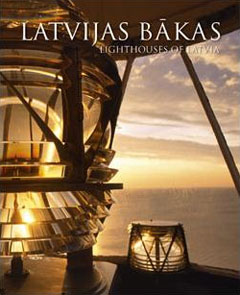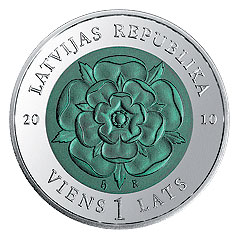With the goal of preserving the heritage of lighthouses, the Latvian computer services firm Capital has published the book Latvijas bākas / Lighthouses of Latvia, a thorough guide to the many significant seaside structures in Latvia.
The hardcover book features detailed historical and technical writings on each of them, as well as a large number of color photographs.
The book, produced by Capital President Ivars Putniņš and released in December, features texts written in Latvian by Andris Cekuls of the Museum of the History of Rīga and Navigation (Rīgas vēstures un kuģniecības muzejs), as well as full English translations by Maija Treilona.
The 152-page book also features historical photographs, facsimiles of Latvian newspaper articles about lighthouses throughout history, and arranges the lighthouses in geographic order, from the Pape lighthouse (near the Lithuanian border) north to the Ainaži lighthouse (near the Estonian border).

A new book, Latvijas bākas, examines Latvia’s lighthouses.





